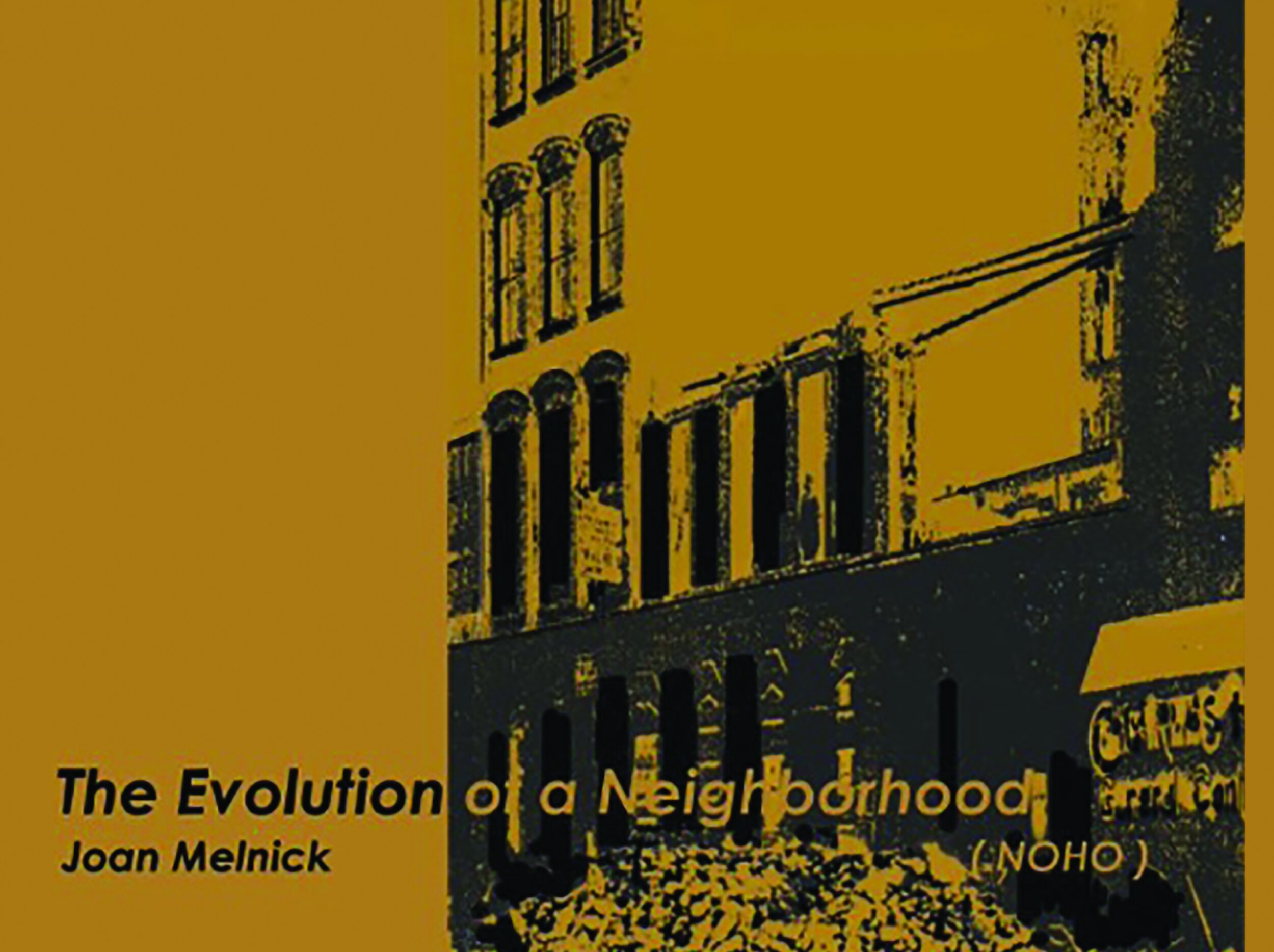
Professor
Joan Melnick
- School of Art and Design
- Interior Design
The Evolution of a Neighborhood-NOHO-NYC
My investigation of what was and what is—”The Evolution of a Neighborhood - NOHO”.
I have written a book exploring Great Jones Street to Astor Place, the evolution of a neighborhood!
This book is available in 8” x 10”, color format, including plans, elevations, perspectives, and photos of drawings of what was and what is today!

How did you first come up with the idea for this work?
From the day I moved onto Great Jones Street, I was always curious what the street looked like in its earliest days in the 1830’s and how the neighborhood developed.
I struggled to find my block’s history and began conducting my own research at the New York Public Library, the New York Historical Society, and the Museum of the City of New York. This quest for knowledge, opened “Pandora’s Box”. Lafayette Place, Great Jones Street, and Fourth Street were built out into an elegant neighborhood around the 1830’s and were completely connected in their histories. Thus, a fascination with my block’s history was born!
What was your research process like?
Due to the minimal amount of visual information which was available, I constructed and rendered plans, elevations and perspectives based of maps, land deeds, council meeting minutes, drawings and other materials.
How long did you work on this before it was published?
This project spanned 25 years of research. It was my proposal for my sabbatical in 2004 here at FIT.
Does this work relate to your role at FIT? If so, how?
I have been a professor of Interior Design for my 41 years as a Full Professor and now as an adjunct in the Interior Design department. There is a direct relationship to teaching Rendering and the History of Interiors and Architecture for the research processes and skills are very similar to the curricula of the coursework I teach.
What was your biggest challenge? What was most rewarding?
The greatest challenge was the lack of visual information in creating the environs in style, scale and detail. When I began this endeavor in 1995, the computer was just introduced for public use. My drawings were initially all hand drawn and rendered, and as I learned the computer I was able create my elevations using photoshop and integrate the technology with hand drawn plans, elevations and perspectives. The most rewarding part of this experience was bringing my neighborhood back to life as it existed in the 1830’s and into today as it continues to evolve!
- Professor at FIT for over 40 years
- Also an FIT alum
